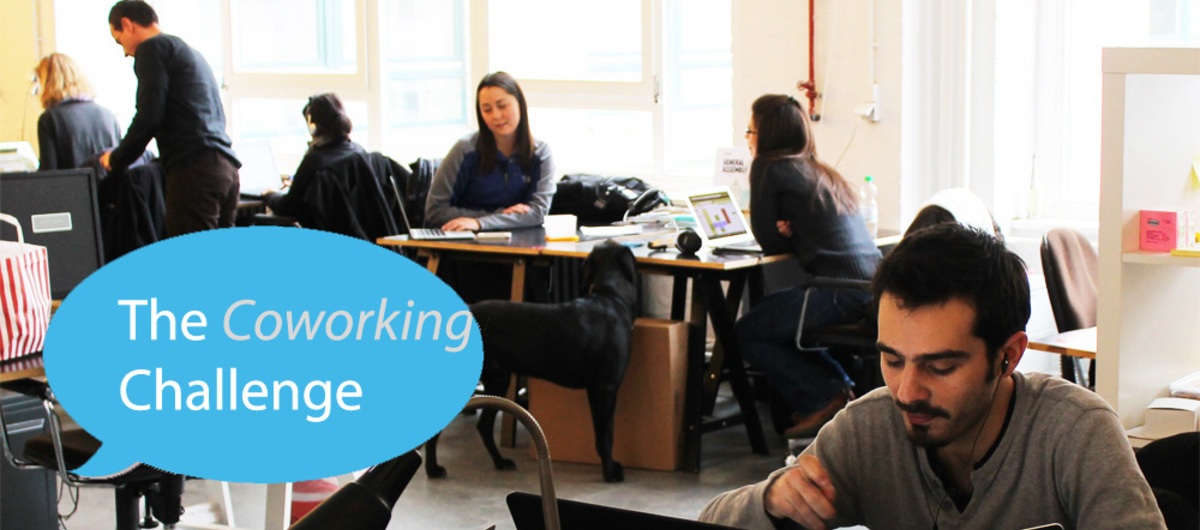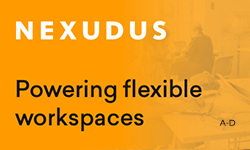How flexible should be the design of a coworking space?
Benjamin's Desk, a coworking space in Philadelphia, recently held a competition for its extended surfaces. In the Hackathon, the winning team was chosen based on the most flexible space concept. Do future coworking spaces or working spaces have to be designed in the most flexible way? Ultimately the users decide.
For example, the furniture frames many rooms in betahaus. Kim designed the café in with fixed benches and a raised seating area that resembles a tree house and that gives a nice view of the room. Next to the fixed benches are narrow tables, but the center of room is easily transformable to cater to various events. This philosophy was also incorporated into the new workspaces created in betahaus, e.g. with fixed work platforms or small walls that can be used as places to retreat:
"Subcomponents of spaces can be totally flexible, however concepts for 100% flexible working spaces assume that only flex users would work in these area, like thoose who come and leave like in a coffee shop. Many long term members don't like to be constantly pushed back and forth. We are cavemen who like to have their cave like they want. At our workplace, we spend a great amount of our life. Moreover, it is also a question of cost. Even if I can build anything on wheels, and expand the space accordingly, it should also have a benefit. "
Kim’s outline for designing workspaces
To conclude, here are a few more tips from Kim. First, ask yourself: what’s your favorite way to work! Here you know the answer is the one that comes the easiest. Even if it is later determined that it is only one component of the full concept, it still has a central role.
Keep it simple and realistic! "I expect the competition is quite wild, but often remains the time frame and the budget for that account." You also have to master the implementation. Simply designed workspaces can be better adapted by the user and are also better for co-development. "If I fade to the real context, I am still curious to see what will become of it".
Design the room so that the users come back again. Concepts with a 'wow' factor attract people, but maybe just for a few seconds. Good workspaces do not live by “wow” effects that work only once, but by their regular use. People need to feel comfortable and happy to come back.
What are your ideas?
Now it’s your turn. What do you see for the coworking spaces of the future? How would you develop large and small coworking spaces? How would members connect with these rooms? Jovoto, betahaus, and DreiSechsNull, Telekom's business customer magazine will award 17 prizes worth a total of 10,000 Euros.
The Coworking Challenge runs until the 18th of March 2013, and you will have ten more days to vote for your favorites on Jovoto. On the 28th March 2013, the winners will be presented.







